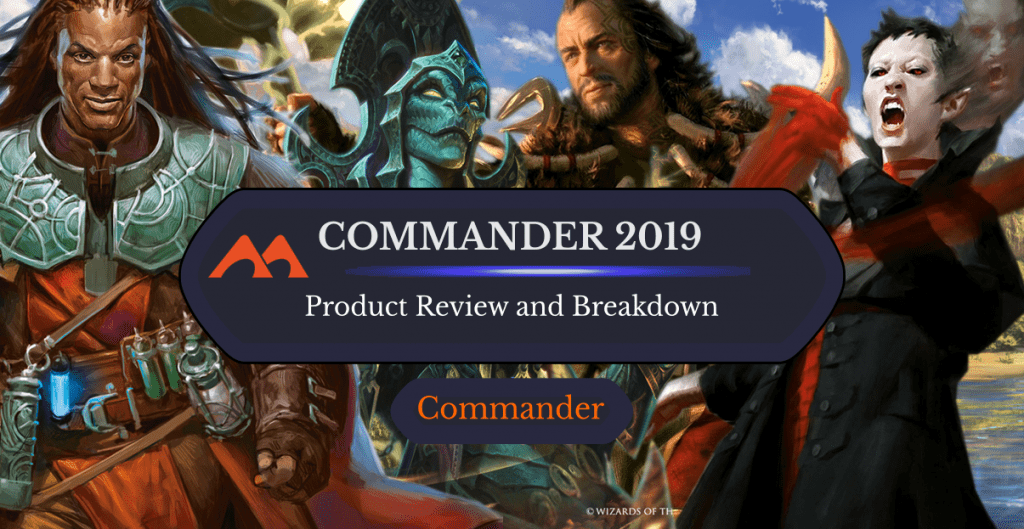

While the vast majority of decks in Zendikar will care about party payoffs to some extent, a few archetypes can do without it.

Keep in mind when your cards are effective or not. They’re underwhelming in party decks but they’re a great aggressive threat in the Dimir Rogues deck. While you’ll sometimes play them in their tribal deck, they won’t perform the way you’d like them to.Īnother rogue, Nimana Skitter-Sneak, is the opposite. In a similar fashion, Seafloor Stalker and Drana’s Silencer are rogues that don’t want to be in rogue decks. You’ve got Grotag Bug-Catcher which is a warrior, but they don’t really want to be in a warrior deck because they need other party members to maximize the attack power potential. The party mechanic creates an interesting puzzle of balancing your party enablers vs. I’m going to lay out the strategies which exist between color combinations a bit further down, so hold onto that.įor a deeper explanation on this philosophy of drafting, check out my video cheekily titled “Drafting the Sleazy Way,” which tries to go against the notion of both drafting the “hard way” and drafting the “easy way:” Rather than an open color, find compatible cards to supplement the game plan of your first color. Think about what those cards are trying to do as you search for that second color. While each color offers cards of differing strategies, you’ll usually find the most synergy in that same color. Make sure that you don’t tunnel-vision into that color and pick up other color cards when the difference in card quality is too high, though.įor example, if you’re 3rd picking a Farsight Adept to stay on color, you’re probably doing it wrong. The best way to search for lines is to draft a single, open color and then go from there. Think about what your cards are currently doing and it’ll be a lot easier to figure out which colors will work together. If I managed to pick up an early Roost of Drakes, one of the most powerful cards in the format, the natural color pair would be green since the UG color combination has access to the most kicker cards. Naturally, you want to be red as it’s the most natural color to pair along with blue in a wizard tribal deck. Take a start where you have blue wizards as an example. I’ll often fight for a somewhat closed color if it makes sense with my existing cards. In Zendikar, it’ll often be more important to imagine the colors and cards that work well with what you’ve already picked instead of going into a more open second color. This is my Zendikar Rising manifesto.įarsight Adept | Illustration by Cristi Balanescuĭrafting the Hard Way by Ben Stark is a popular concept these days, but the inherent flaw of the style is that it doesn’t account enough for the routes (or archetypes) within those colors. I’ll be imparting my complete wisdom of the format to you to help provide clarity to these complicated aspects. If you often feel lost by pick 5 of pack 1, you’re not alone.
Zendikar rising quick draft guide how to#
Part of the charm also lies in the absurd complexity figuring out how to draft your seat properly. It has a lot of moving parts and it’s been an adventure figuring out how to properly evaluate each element as accurately as possible. I’ve played over a hundred ZNR drafts now and have formulated a very strong opinion of what’s correct in this format. Zendikar is the kind of Magic that gets me out of bed in the morning and away from my bed at night. The intersectionality of archetypes and modal double-faced cards (MDFC) provide an elegant range of decision making and choice. I love Zendikar Rising and its implications for the future of MTG. For upcoming events see the Event Calendar.Adventure Awaits | Illustration by Billy Christianįor the first time in a long time, WotC has given us a draft format that’s elegant in both its drafting and its gameplay.

Cards drafted are added to the player's card collection (Keeper Draft). The current entry fee for Quick Draft is 5,000 Gold or 750 Gems. There is no limit to how many times a player can enter the event. The event ends with either seven wins or three losses, or the scheduled end of the event (roughly one week after the start). The actual games are played versus real players - not the draft AI. The amount of basic lands is unlimited, they are provided to the player for free.

Players then build 40-card-minimum decks. This continues until all cards have been picked. This means after picking one card the pack is passed on to the next player (during the closed beta other players are replaced with an AI). Players "draft" three Packs which contain 15 cards (10 commons, 3 uncommons, and 1 rare or mythic rare, 1 basic or common land). Quick Draft follows the rules for the Draft format.


 0 kommentar(er)
0 kommentar(er)
